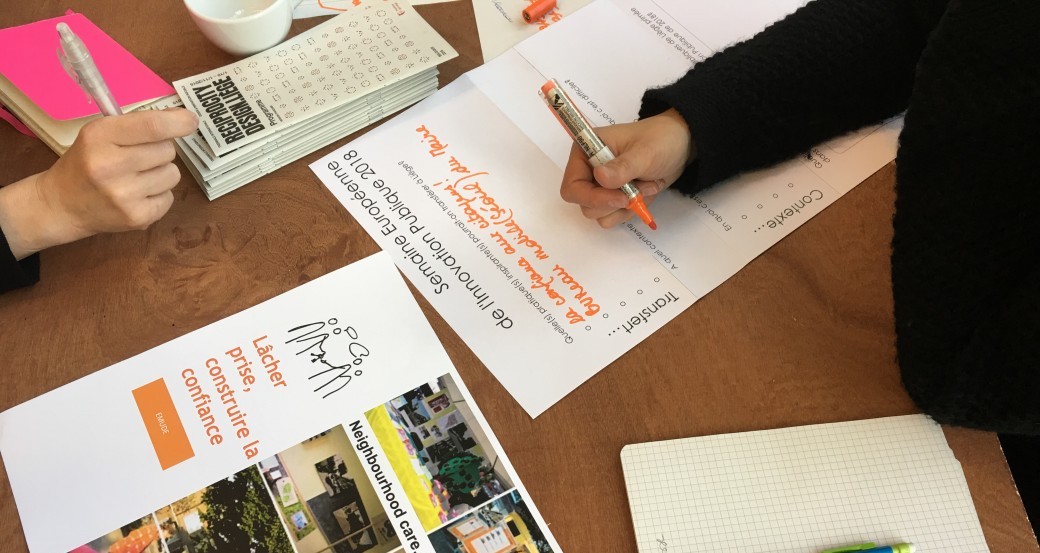Design Manifesto

Here is my vision of Design and my personal code which I aim to follow in my everyday practice of Design. To write a sort of Design manifesto, which I am sure will evolve throughout my whole life, I used some of the principles that Sharon Beder describes in her book Environmental Principles and Policies, among others.
Reduce
- Less design, more research. Nothing should be designed before being proven useful and grounded. Research should be deeply oriented towards anthropology, alternative materials and processes, local practices, needs, and knowledge. Strong research is vital to lead to a good design.
- Existing solutions. Maybe part of your concept already exists… work with them, take profit from something that already exists to avoid spending time and money and using energy and resources on something that doesn’t need it. For instance, I needed to collect data with a smart bracelet for a project on unpaid care work but wanted to avoid creating another item when there are already so many out there. To answer this issue, I decided to put the user in relation with a service that collects, refurbishes, and redistributes recycled smart bracelets.
Preventive
- Avoid harm. If the design concept is to have a potential negative impact on the rights, freedom, or health of anything (living beings, environments…), the concretization of this concept should not take place. Instead of its concretization, the work that has been done for it should be shared, explaining why it had to be stopped and what negative impacts this decision avoided.
- Open Design. Research is as important as the final product. It should be shared with other designers and non-designers in a trustful and secure way, in order to build an open-source library for future projects to find help and inspiration and enable massive innovation, while preventing creators to find themselves in the dead-end where others already were and found out that their concept could be harmful.
Equitable
- Social Design. Environmental Design has to work hand in hand with Social Design. What is good for the environment is good for people, and what is sincerely good for people is good for the environment because by empowering people, we give them the ability to be more caring with their environment.
- Co-Design. Simple consultancy (that is often done at the end of the Design process) is not enough and often leads to Tokenism, which is only a symbolic representation of minorities in decision making. What is needed for a really fair and inclusive Design is future users’ active participation in the Design process, as well as policymakers, etc… (like is done by Strategic Design Scenarios, see picture)
Sustainable
- Material sustainability. Designing a concept should mean avoiding (or limiting) new resource extraction, making long-lasting products, that can be reused for other things and then recycled.
- Polluter pays. If pollution can’t be avoided, the polluter needs to be the one dealing with this pollution. For example, if the manufacturing of a product or the product itself creates waste at any time of its lifecycle, it is the role of the producer (including the designer) to deal with this waste’s collection, recycling, etc… This needs to be a real part of the System Design of the product, leading to a circular economy.
- Economical viability? A concept is only sustainable if it is economically viable in the long term. But social and environmental sustainability must still be considered first because, without these two, the concept has no reason to be concretized.
(https://www.strategicdesignscenarios.net/lab/2015/11/04/design-des-politiques-publiques-un-exercice-pratique/)




Great post nicely illustrated.
Shirley